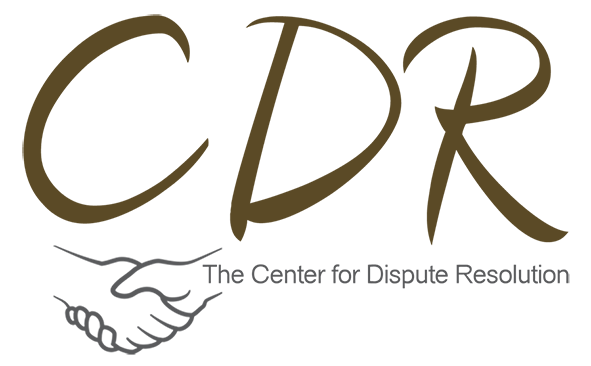
Harmonizing Healthcare: A Comprehensive Guide to Implementing Robust Communication Strategies for Conflict Prevention
Within the dynamic and complex landscape of healthcare, the significance of effective communication cannot be overstated. Its impact resonates throughout the entire system, influencing not only the daily interactions among healthcare professionals but also the quality of patient care. This article takes a deep dive into the intricate role of communication in conflict prevention within healthcare settings. Furthermore, it offers a detailed exploration of strategies to cultivate open communication channels among hospital staff, ensuring a cohesive and collaborative work environment.
The Critical Role of Communication in Conflict Prevention:
In the fast-paced and high-pressure environment of healthcare, miscommunication is a potential minefield that can jeopardize patient safety and compromise the well-being of both staff and patients. From breakdowns in conveying crucial patient information to misunderstandings among colleagues and ambiguity in protocols, communication gaps can create fertile ground for conflicts to arise. Recognizing this, it becomes imperative to understand and appreciate the pivotal role that effective communication plays in maintaining a harmonious work environment and preventing conflicts.
Guidance on Fostering Open Communication Channels:
- Cultivate a Culture of Openness: Establishing a culture of open communication requires a multi-faceted approach. Begin by fostering an environment where team members feel not only encouraged but compelled to express their thoughts, concerns, and ideas. Regular team meetings, forums, and an open-door policy can contribute significantly to creating a culture where open communication is not just a guideline but a core value.
- Implement and Communicate Clear Protocols: To mitigate potential communication pitfalls, healthcare institutions must develop and disseminate clear communication protocols. These protocols should extend across various scenarios, from routine patient handovers to emergency responses. Standardized procedures not only minimize the risk of misunderstandings but also ensure consistency in communication practices.
- Invest in Ongoing Communication Training: Recognizing communication as a skill that evolves, healthcare professionals should engage in continuous training to enhance their abilities. Training programs should encompass active listening techniques, empathy development, and effective methods for conveying complex medical information in a comprehensible manner. This investment in skill development pays dividends in the form of improved communication and conflict prevention.
- Leverage Technology for Enhanced Communication: The integration of technology can revolutionize communication within healthcare settings. Implementing secure messaging platforms, electronic health record systems, and other digital tools streamlines information exchange, reducing the likelihood of errors and ensuring timely communication. Embracing technology not only enhances efficiency but also elevates the overall quality of healthcare delivery.
- Encourage Interdisciplinary Collaboration: Breaking down silos among different healthcare departments is integral to fostering a culture of collaboration. Regular interdisciplinary interactions should be promoted, creating an environment where staff members from diverse backgrounds feel a sense of unity and shared responsibility. This collaborative approach not only enhances communication but also brings forth a multitude of perspectives that can proactively prevent conflicts.
- Establish Robust Conflict Resolution Protocols: Acknowledging that conflicts may inevitably arise, healthcare institutions should have well-defined conflict resolution protocols in place. These protocols should emphasize mediation and open dialogue, providing a structured process for addressing conflicts promptly and constructively. Proactive conflict resolution ensures that issues are resolved before they escalate, preserving the integrity of the work environment.
Conclusion:
In the intricate tapestry of healthcare, effective communication is the golden thread that weaves together a harmonious and collaborative work environment. By proactively implementing and continuously refining communication strategies, healthcare institutions can not only prevent conflicts but also elevate the overall standard of patient care. Communication, in this context, is not merely a skill; it is a strategic imperative that must be nurtured, refined, and embraced at every level of the healthcare system. In doing so, we fortify the foundations of a healthcare environment that thrives on collaboration, transparency, and excellence.
✅ Resolve disputes effortlessly. ✅ Build stronger relationships. ✅ Subscribe FREE now!
Don't miss out! Join us today. 🚀


Comments are closed